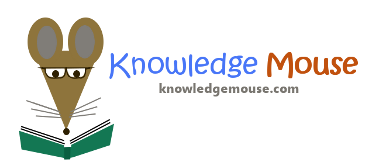
Edit this quiz |
Create your own quiz |
Back to quiz sheets
Quiz Yourself Online With These Questions | Try Out the QuizGame Android App
Create an Embedded / Hosted Online Quiz With These Questions
Quiz Yourself Online With These Questions | Try Out the QuizGame Android App
Create an Embedded / Hosted Online Quiz With These Questions
When you're ready to print, just click this button: Make Print-Friendly
Prejudice, Discrimination, and Stereotyping
IDC4UJ
-
(emotional bias) evaluation or emotionA. Prejudice B. Stereotype C. Discrimination
-
(cognitive bias) CategorizesA. Prejudice B. Stereotype C. Discrimination
-
(behavioural bias) behaviour to advantage or disadvantageA. Discrimination B. Stereotype C. Prejudice
-
People openly put down those not from their own group.A. Stereotype B. Rude C. Blatant Bias D. old-fashioned biases
-
conscious beliefs, feelings, and behavior that people are perfectly willing to admit, which mostly express hostility toward other groups (outgroups) while unduly favoring one’s own group (in-group).A. old-fashioned biases B. Stereotype C. Blatant Bias D. Rude
-
unexamined and sometimes unconscious but real in their consequences. They are automatic, ambiguous, and ambivalentA. Old-fashioned biases B. Subtle biases C. Blatant Bias D.
-
describes this tendency to favor one’s own in-group over another’s outgroup. And as a result, outgroup disliking stems from this in-group likingA. Right-wing authoritarianism B. Social dominance orientation C. Ambiguous bias D. Social identity theory

Prejudice, Discrimination, and Stereotyping (Answer Key)
IDC4UJ
-
(emotional bias) evaluation or emotionA. Prejudice B. Stereotype C. Discrimination
-
(cognitive bias) CategorizesA. Prejudice B. Stereotype C. Discrimination
-
(behavioural bias) behaviour to advantage or disadvantageA. Discrimination B. Stereotype C. Prejudice
-
People openly put down those not from their own group.A. Stereotype B. Rude C. Blatant Bias D. old-fashioned biases
-
conscious beliefs, feelings, and behavior that people are perfectly willing to admit, which mostly express hostility toward other groups (outgroups) while unduly favoring one’s own group (in-group).A. old-fashioned biases B. Stereotype C. Blatant Bias D. Rude
-
unexamined and sometimes unconscious but real in their consequences. They are automatic, ambiguous, and ambivalentA. Old-fashioned biases B. Subtle biases C. Blatant Bias D.
-
describes this tendency to favor one’s own in-group over another’s outgroup. And as a result, outgroup disliking stems from this in-group likingA. Right-wing authoritarianism B. Social dominance orientation C. Ambiguous bias D. Social identity theory

When you're ready to print, just click this button: Make Print-Friendly
